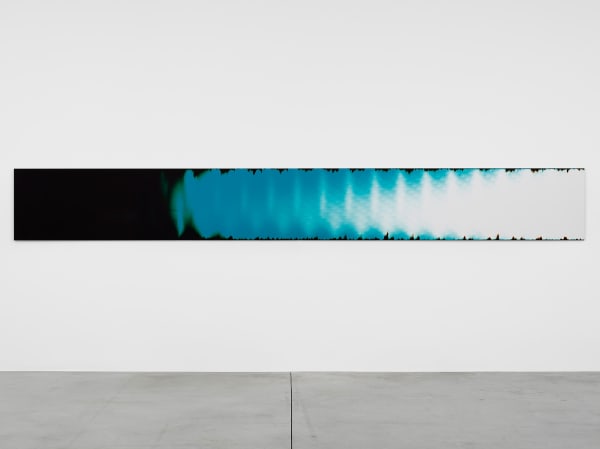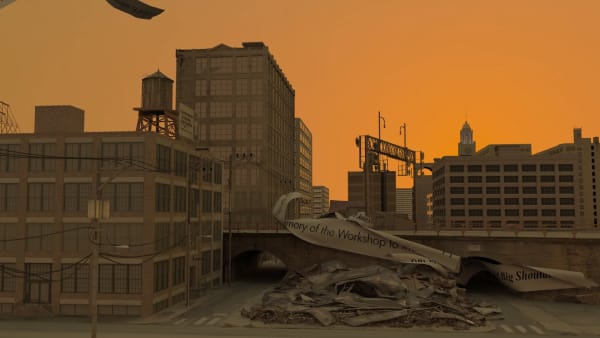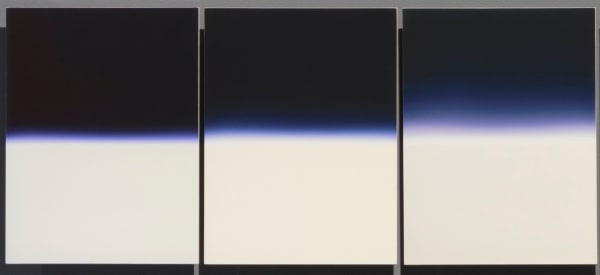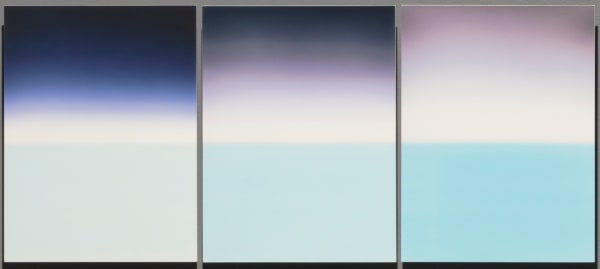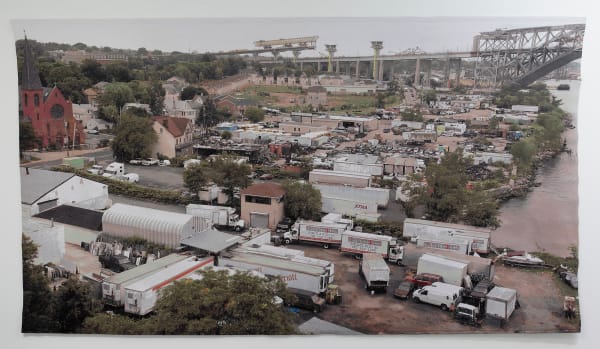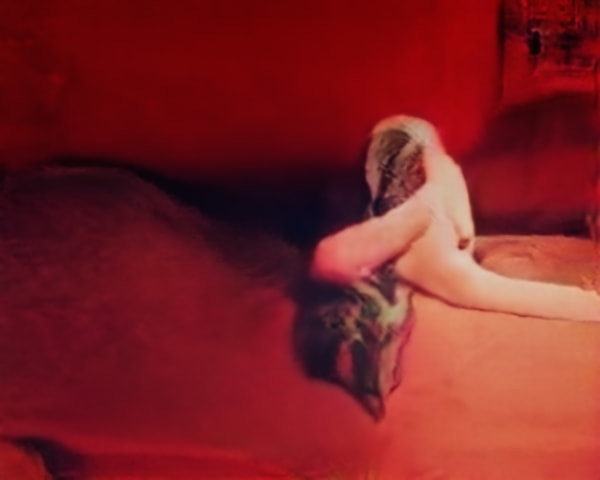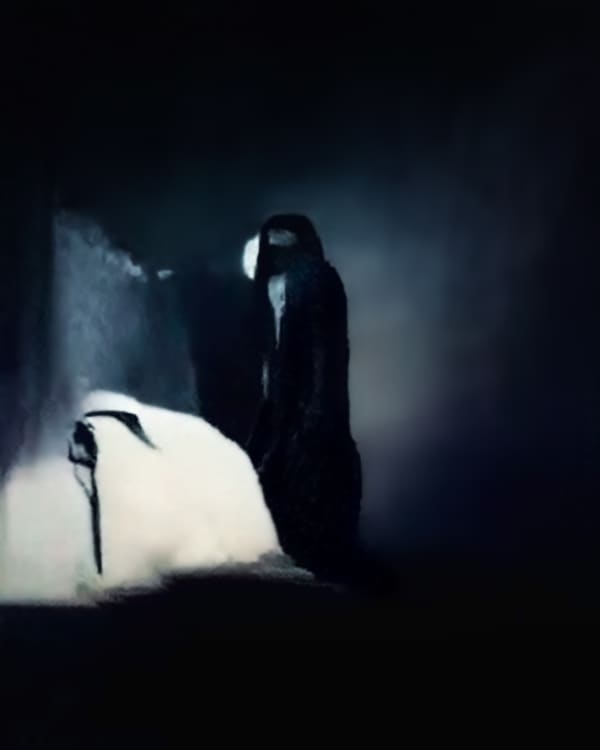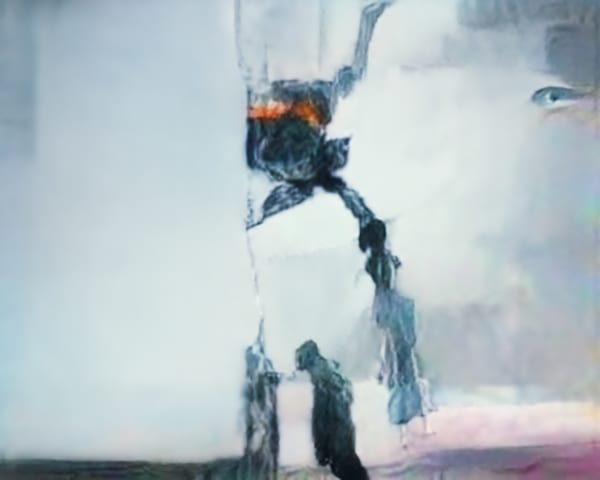AND WHAT ABOUT PHOTOGRAPHY?: Curated by Walter Guadagnini
-
Overview
BROOMBERG & CHANARIN · DAVID HARTT · TREVOR PAGLEN · TIM PORTLOCK · DAVIDE TRANCHINA
David Nolan Gallery is pleased to present And What About Photography?, an exhibition featuring work by a group of international artists: Broomberg & Chanarin, David Hartt, Trevor Paglen, Tim Portlock, and Davide Tranchina.
Curated by Walter Guadagnini, photography historian and Director of CAMERA – Centro Italiano per la Fotografia, Turin, Italy, the exhibition investigates the current state of photography in relation to new emerging technologies as well as its inherent ambiguity. The emergence of digital imaging in the final decades of the 20th century, and the development of other forms of image making and circulation has made this ambiguity even more palpable, necessitating renewed investigation of the basis of photographic language. Unsurprisingly, scholars and artists, such as Fred Ritchin, Quentin Bajac, and Joan Fontcuberta, have used the term ‘post-photography’ in the early years of the 21st century to describe the defining ideas and practices of our era.
The exhibition explores some of these aspects firstly from a technical, and secondly from an iconographic viewpoint. The artists featured in the show, all born between the late 1960s and the early 1970s, grew up during the technological transformation, and today they all use processes that share little or nothing with traditional photographic practices, or with the device that for decades enabled the very possibility of a photographic image – the camera. Broomberg & Chanarin and Davide Tranchina operate without cameras, giving new life and associations to practices dating back to the origins of photography. Trevor Paglen adopts artificial intelligence techniques to modify images in a visionary manner. David Hartt, who might initially appear more faithful to established practices, has woven his image into a gigantic tapestry that recalls the glorious tradition of pre-cinematic bird’s-eye view panoramas, utilizing an art form that flourished in pre-photographic cultures. Tim Portlock adopts a 3D animation technology that is not photographic but uses photography as a model to question its alleged truthfulness, creating worlds in between reality and fiction.
If the artists in this exhibition bypass traditional modes of photography, what does their work signify? The works on view allow us to engage with some of the most prominent stances in the realm of post-photographic image making of our moment. If one compares the works by Broomberg & Chanarin, and those by Davide Tranchina, one can realize how images that are apparently similar (essentially abstract images) can in fact carry very different meanings. The work from Broomberg & Chanarins’s The Day Nobody Died series is a meditation on how the representation of war in photographic images is nearly impossible today, when image circulation has reached its peak but censorship has become more pervasive and sophisticated. Similarly, in Every Piece of Dust on Freud’s Couch, an icon such as the rug covering Freud’s couch becomes an abstract image through which we imagine, rather than see, the stories that a piece of fabric can narrate. Meanwhile in the photographs from Davide Tranchina’s Apparent Horizons series, process is a pretext for considering the limit of the visible and the transformation of reality in an emotional continuum that evades the definition of what is real. The three photographs from Trevor Paglen’s latest series, Adversarially Evolved Hallucination suggest a similar outcome in which figures appear to be suspended between different states of matter in a sort of hallucinated metamorphosis, which is halted by a deliberate accident – the excess of visual information. David Hartt in his Negative Space works radically transforms what appears to be an ordinary view into an opportunity to elaborate – again making use of the excess and variety of visual data – a deceptive reflection of reality that brings to the extreme the idea of photography as a “mirror with a memory,” an idea deeply rooted in photography since its origins. Tim Portlock’s video 11th st city symphony focuses on the theme of the city and its transformations in a metaphysical suspension between destruction and the elegy of memory until a new (but still ambiguously artificial) image of the place is established.
-
Installation Views
-
-
 Broomberg & ChanarinRepatriation II, 2008C-41 mounted on aluminium30 x 236 1/4 in
Broomberg & ChanarinRepatriation II, 2008C-41 mounted on aluminium30 x 236 1/4 in
76.2 x 600 cm
(split in two parts) -
 Broomberg & ChanarinTrace fiber from Freud's couch under crossed polars with Quartz wedge compensator (#I), 2015unique jacquared woven tapestry78 3/4 x 114 1/8 in (200 x 290 cm)
Broomberg & ChanarinTrace fiber from Freud's couch under crossed polars with Quartz wedge compensator (#I), 2015unique jacquared woven tapestry78 3/4 x 114 1/8 in (200 x 290 cm) -
 Tim Portlock11th_st_city_symphony.mp4, 2013visual effects software4:04 minutes, HD resolution (1080 x 1920)Edition of 5
Tim Portlock11th_st_city_symphony.mp4, 2013visual effects software4:04 minutes, HD resolution (1080 x 1920)Edition of 5 -
 Davide TranchinaApparent Horizons (I), 20183 true giclée prints mounted to aluminum; triptycheach:
Davide TranchinaApparent Horizons (I), 20183 true giclée prints mounted to aluminum; triptycheach:
12 1/4 x 9 1/2 in (31 x 24 cm)Edition of 3, with 2 APs -
 Davide TranchinaApparent Horizons (II), 20183 true giclée prints mounted to aluminum; triptycheach:
Davide TranchinaApparent Horizons (II), 20183 true giclée prints mounted to aluminum; triptycheach:
12 1/4 x 9 1/2 in (31 x 24 cm)Edition of 3, with 2 APs -
 Davide TranchinaApparent Horizons (III), 20183 true giclée prints mounted to aluminum; triptycheach:
Davide TranchinaApparent Horizons (III), 20183 true giclée prints mounted to aluminum; triptycheach:
12 1/4 x 9 1/2 in (31 x 24 cm)Edition of 3, with 2 APs -
 Davide TranchinaApparent Horizons (IV), 20183 true giclée prints mounted to aluminum; triptycheach:
Davide TranchinaApparent Horizons (IV), 20183 true giclée prints mounted to aluminum; triptycheach:
12 1/4 x 9 1/2 in (31 x 24 cm)Edition of 3, with 2 APs -
 Davide TranchinaApparent Horizons (V), 20183 true giclée prints mounted to aluminum; triptycheach:
Davide TranchinaApparent Horizons (V), 20183 true giclée prints mounted to aluminum; triptycheach:
12 1/4 x 9 1/2 in (31 x 24 cm)Edition of 3, with 2 APs -
 David HarttNegative Space, 2018tapestry: 5% Trevira CS, 19% cotton, 28% wool, and 38% acrylic114 x 204 in (289.6 x 518.2 cm)Edition of 3, with 1 AP
David HarttNegative Space, 2018tapestry: 5% Trevira CS, 19% cotton, 28% wool, and 38% acrylic114 x 204 in (289.6 x 518.2 cm)Edition of 3, with 1 AP -
 Trevor PaglenPorn (Corpus: The Humans) Adversarially Evolved Hallucination, 2017dye sublimation metal printimage: 48 x 60 in (121.9 x 152.4 cm)
Trevor PaglenPorn (Corpus: The Humans) Adversarially Evolved Hallucination, 2017dye sublimation metal printimage: 48 x 60 in (121.9 x 152.4 cm)
framed: 49 5/8 x 61 1/2 in (126 x 156.2 cm)Edition of 5, with 1 AP -
 Trevor PaglenShadow (Corpus: Things that Exist Negatively) Adversarially Evolved Hallucination, 2017dye sublimation metal printimage: 60 x 48 in (152.4 x 121.9 cm)
Trevor PaglenShadow (Corpus: Things that Exist Negatively) Adversarially Evolved Hallucination, 2017dye sublimation metal printimage: 60 x 48 in (152.4 x 121.9 cm)
framed: 61 5/8 x 49 1/2 in (156.5 x 125.7 cm)Edition of 5, with 1 AP -
 Trevor PaglenA War Without Soldiers (Corpus: Eye-Machines) Adversarially Evolved Hallucination, 2017dye sublimation metal printimage: 32 x 40 in (81.3 x 101.6 cm)
Trevor PaglenA War Without Soldiers (Corpus: Eye-Machines) Adversarially Evolved Hallucination, 2017dye sublimation metal printimage: 32 x 40 in (81.3 x 101.6 cm)
framed: 32 7/8 x 40 7/8 in (83.5 x 103.8 cm)Edition of 5, with 1 AP
-
-
Artist


